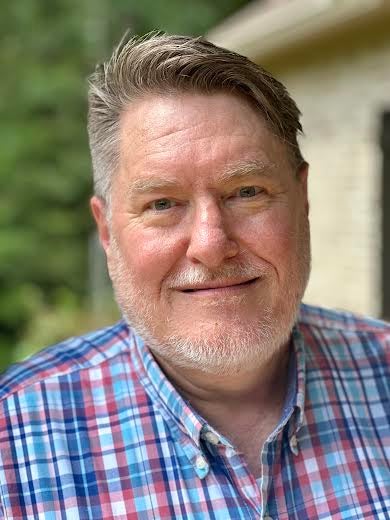John Howell Sr. 4/26/13
Published 12:00 am Friday, April 26, 2013

John Howell Sr.
For many of us in Batesville, Chris Hudson has become the public face of autism.
It is a role that chose him about seven years ago when he and his wife, Shellie, realized that their younger son, Herron, was affected by a condition that is growing increasingly prevalent among young children.
For the Hudsons, it was a heart-rending introduction to the condition that the Center for Disease Control (CDC) now says affects one in 88 children (one in 54 boys, one in 252 girls). Until age two-and-one half, Herron had been developing like most little boys. “He had language skills and then he lost it,” Hudson said.
Perhaps most poignant is Chris’ recollection of his arrival home after work. Herron went from an enthusiastic greeting for his dad coming in the front door to failure to make eye contact or to even acknowledge that he had walked into the room.
The seven years since that disconcerting realization has taken the Hudson family on an odyssey that led to doctors, therapists, specialists and support groups as they tried to gain an understanding about this condition known as Autism Spectrum Disorders (ASD). They’ve learned that they have much in common with many other parents as they have searched for answers, explanations and help both with their son’s condition and in their ability to cope with the unique, demanding challenges presented to them around the clock as parents of a special child. They have also learned that every incident of ASD is different, with ranges in severity — from “mild to wild,” Chris said — and a variety of suspected causal factors.
In Batesville, we have had glimpses of this odyssey as Chris has shared their experiences, speaking at the invitation of civic clubs and other venues about his family’s journey .
This week he spoke to the Batesville Exchange Club, talking about the new challenges the family now finds itself facing as Herron reaches his 10th year. Children with autism face elevated chances for death from seizures and accidents, he said. Drowning accounts for 91 percent of accidental deaths of ASD kids age 14 and younger.
Compounding the risk, Chris said, are ASD-affected children’s uncanny abilities to evade the safe environment that parents and others are trying to surround them with and ASD kids’ fascination with water.
“Water is so forgiving,” he said. “They’re just fascinated by it.”
Further, many ASD kids are unable to provide their names, addresses or parent contact information to first responders they might encounter.
“My son would be unable to communicate that to first responders.”
In school settings, ASD children often suffer from being restrained simply because care givers don’t know how otherwise to deal with their behavior. They are often the victims of bullying and even sexual predators, he said.
“The family of the children with autism are affected tremendously,” Chris said. Parents of ASD children are often sleep-deprived. Siblings of ASD children often see family activities restricted.
At age nine, Herron “understands a lot. It just doesn’t come back out,” Chris said. “If you tell him to do something, he can do it.”
Chris said he now thinks — and the study of ADC has been a big part of Chris and Shellie’s journey — that Herron’s condition came from a “perfect storm” of heavy metal toxins, a weakened immune system, and complex combinations of myriad influences. And yes, he suspects that childhood immunizations, “in particular the flu vaccine,” contributed to the mix of heavy metals that became factors in that perfect storm.
What Chris has done as he has spoken to various groups over the years — though it was not his intention — is to have made us aware of how fortunate Herron is to be a member of this family.
I have always thought that there is limited wisdom to the old African proverb, “It takes a whole village to raise a child,” because the village faces a steep uphill climb to raise that child if it must fill the void created by the absence of a loving mother and father. That would especially be true of an ASD child.
What we’ve seen with Herron Hudson is loving parents plus a protective older brother, Tanner, age 12.
Plus a supportive extended family in grandparents Bobby and Betty Hudson and Charlie and Kay Cook, and aunts and uncles and more. In his remarks, Chris has also acknowledged the support of his employer, First Security Bank.
In his appearances before various audiences in Batesville over the last several years Chris has raised our awareness of Autism Spectrum Disorder and of the reservoir of strength and support this family has mustered to meet the challenge to raise their child.
If Chris’ visit to the Exchange Club this week was timed to coincide with April as Autism Awareness Month, he didn’t mention it. Parents of children with ASD are aware of autism every minute of every month.





